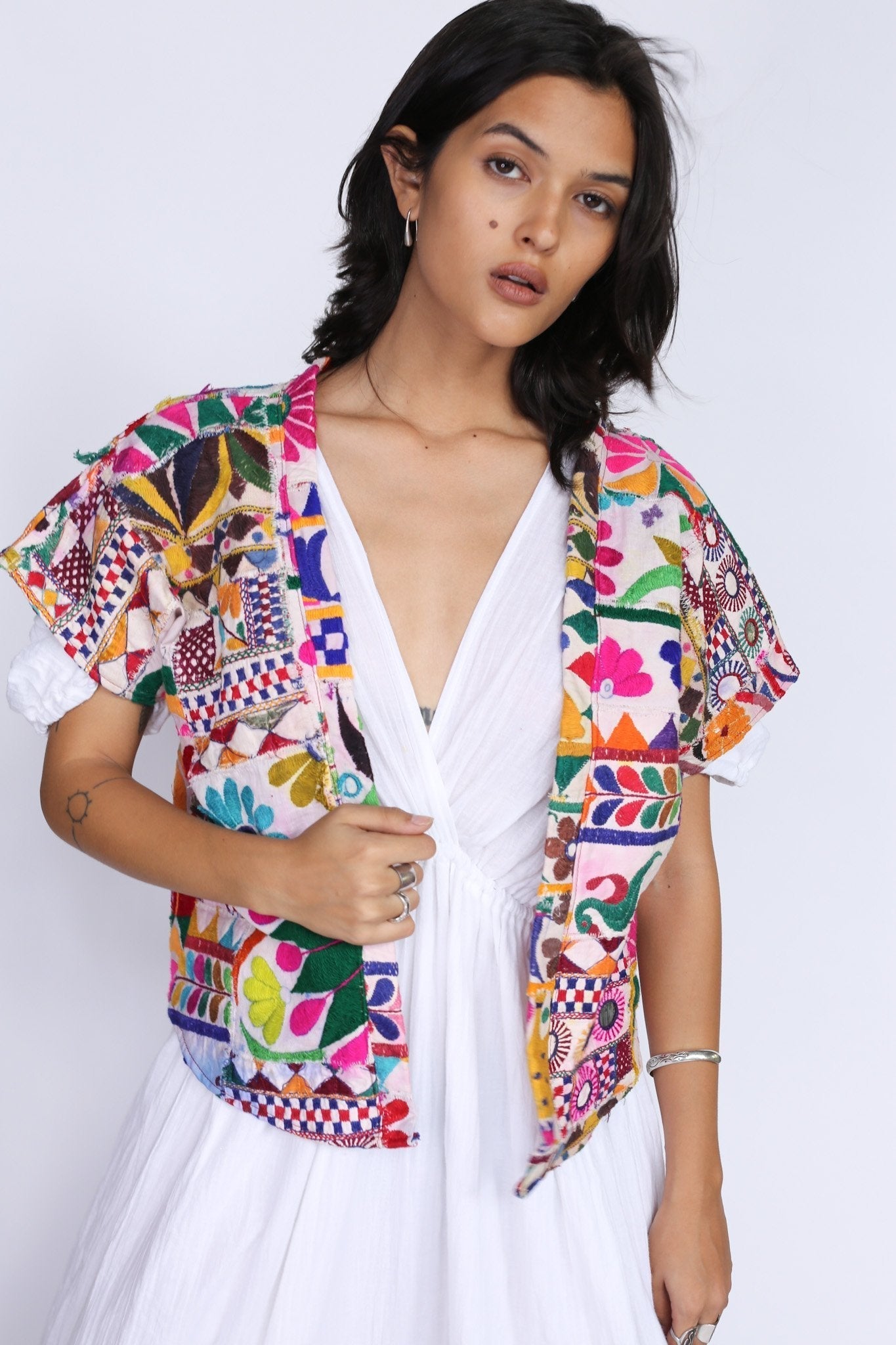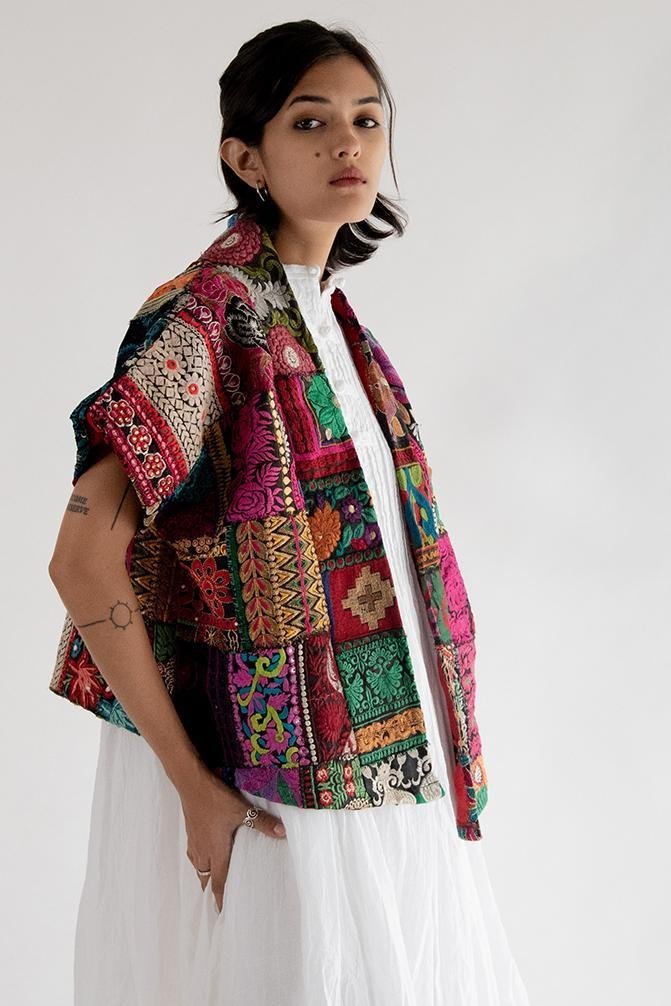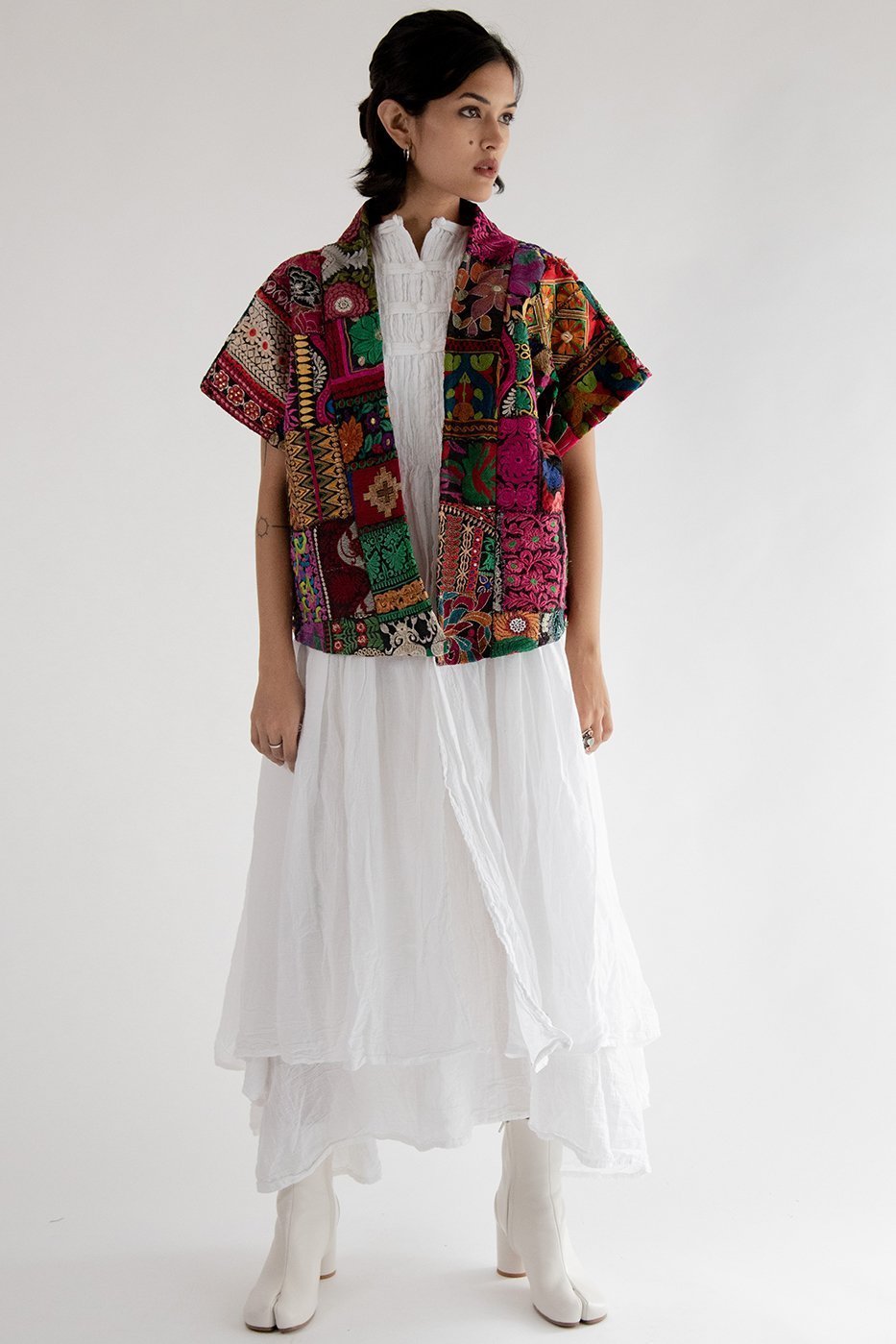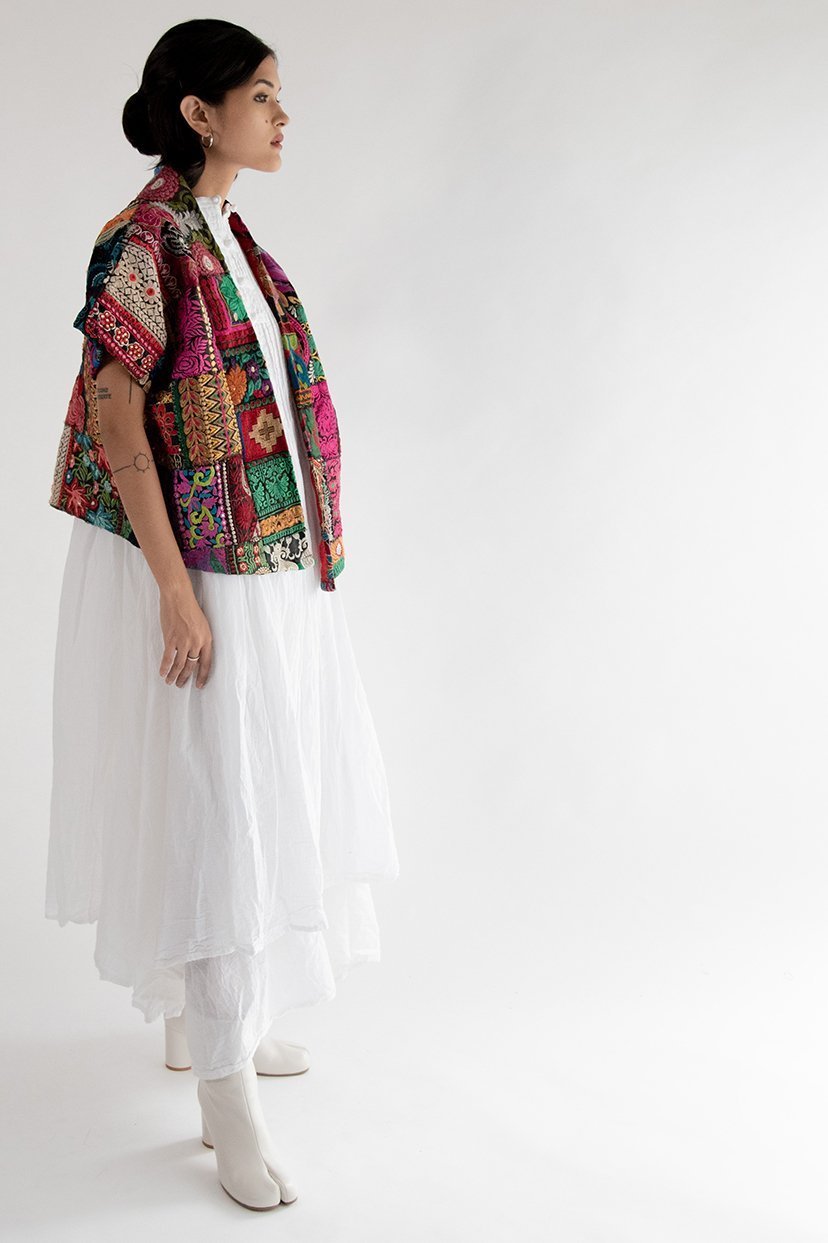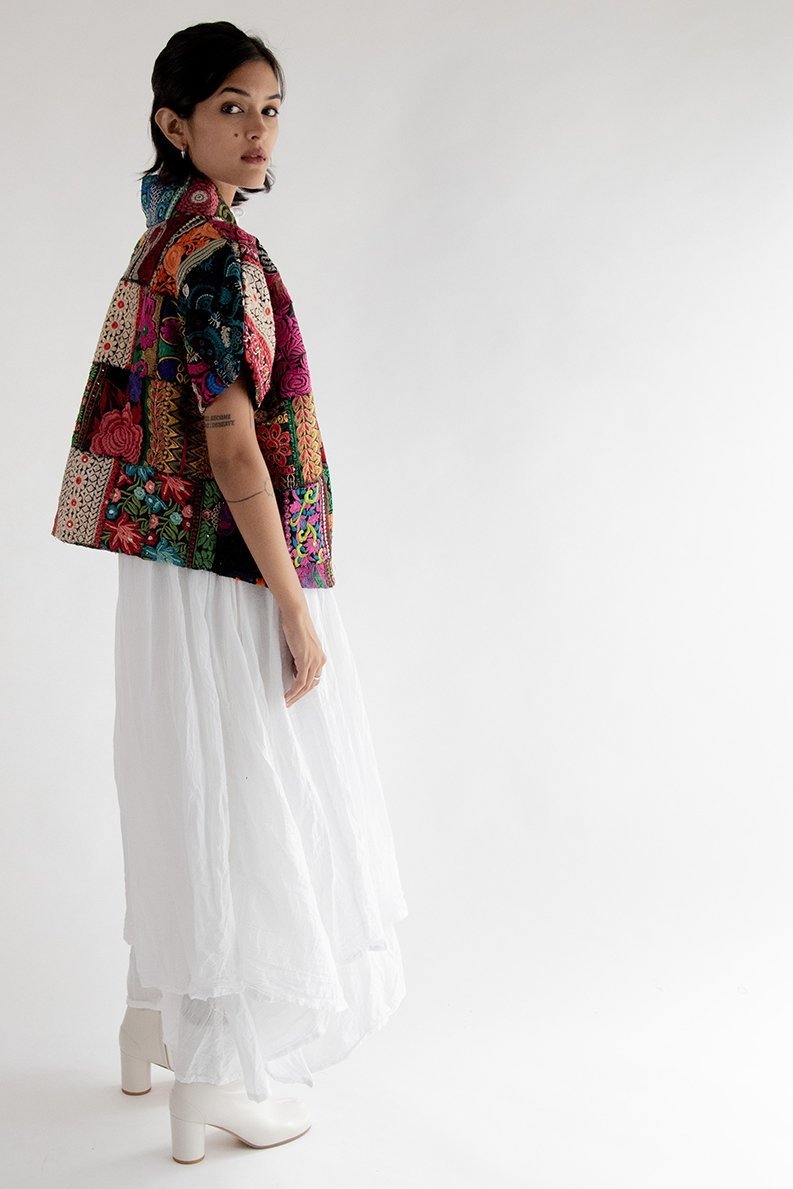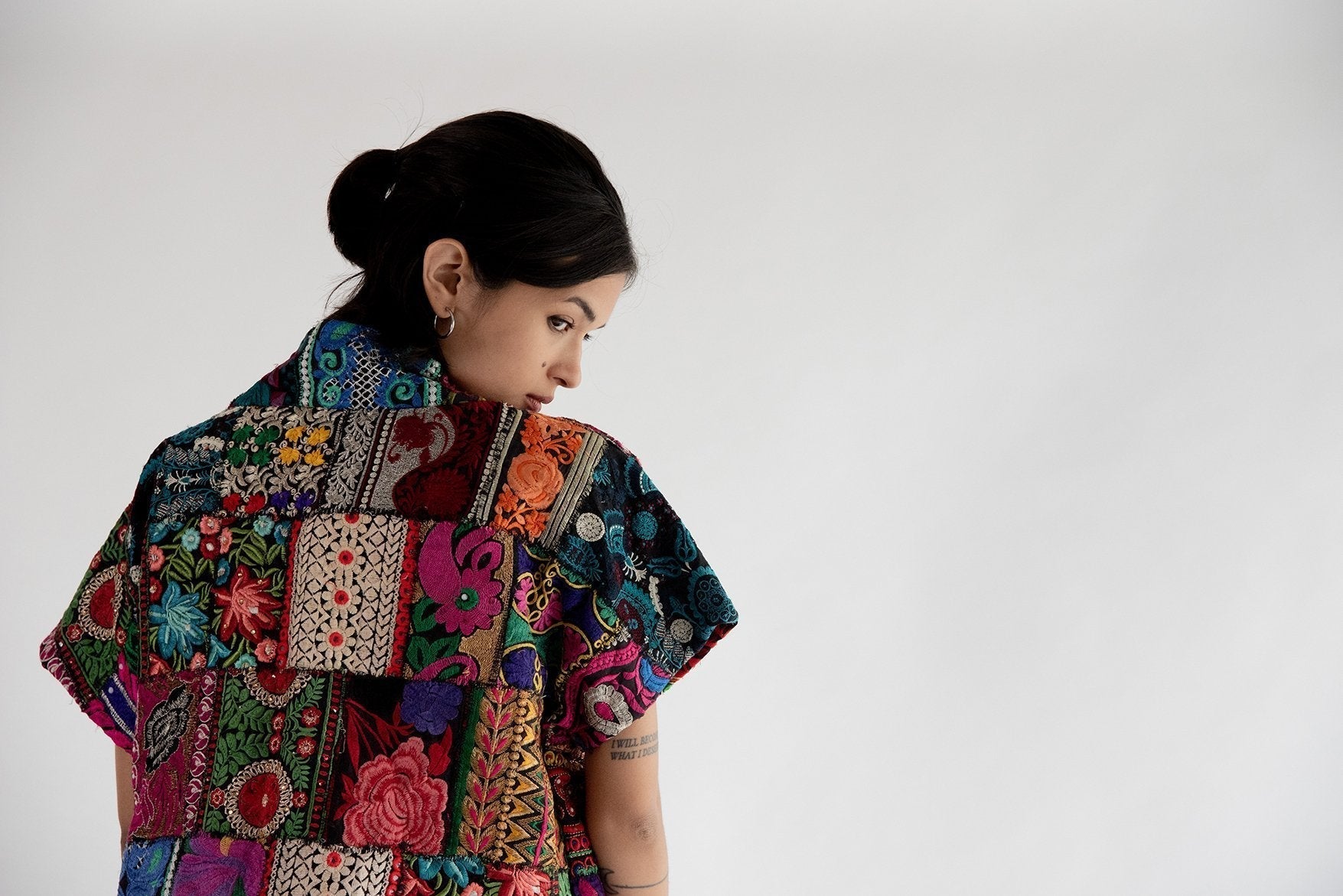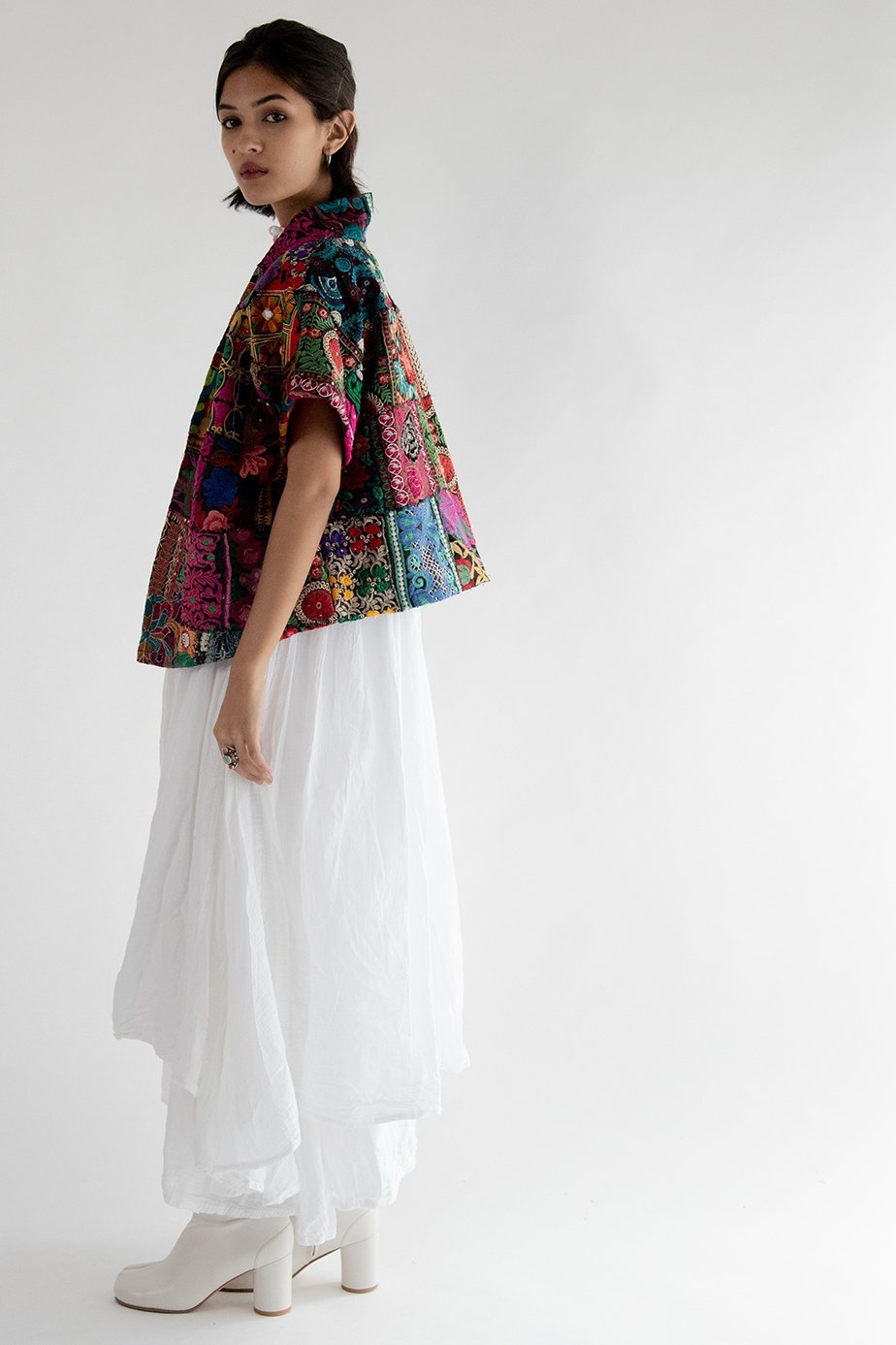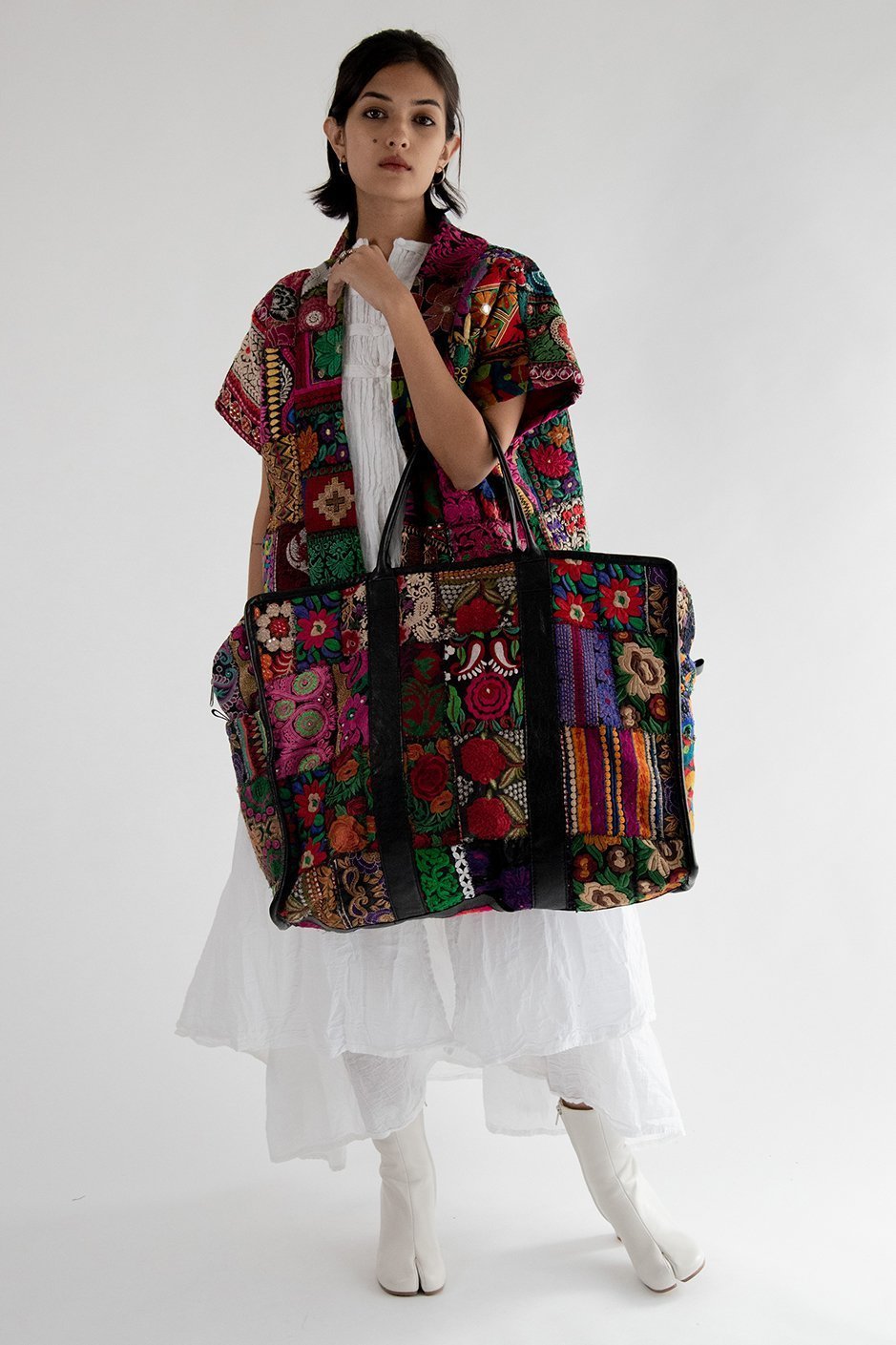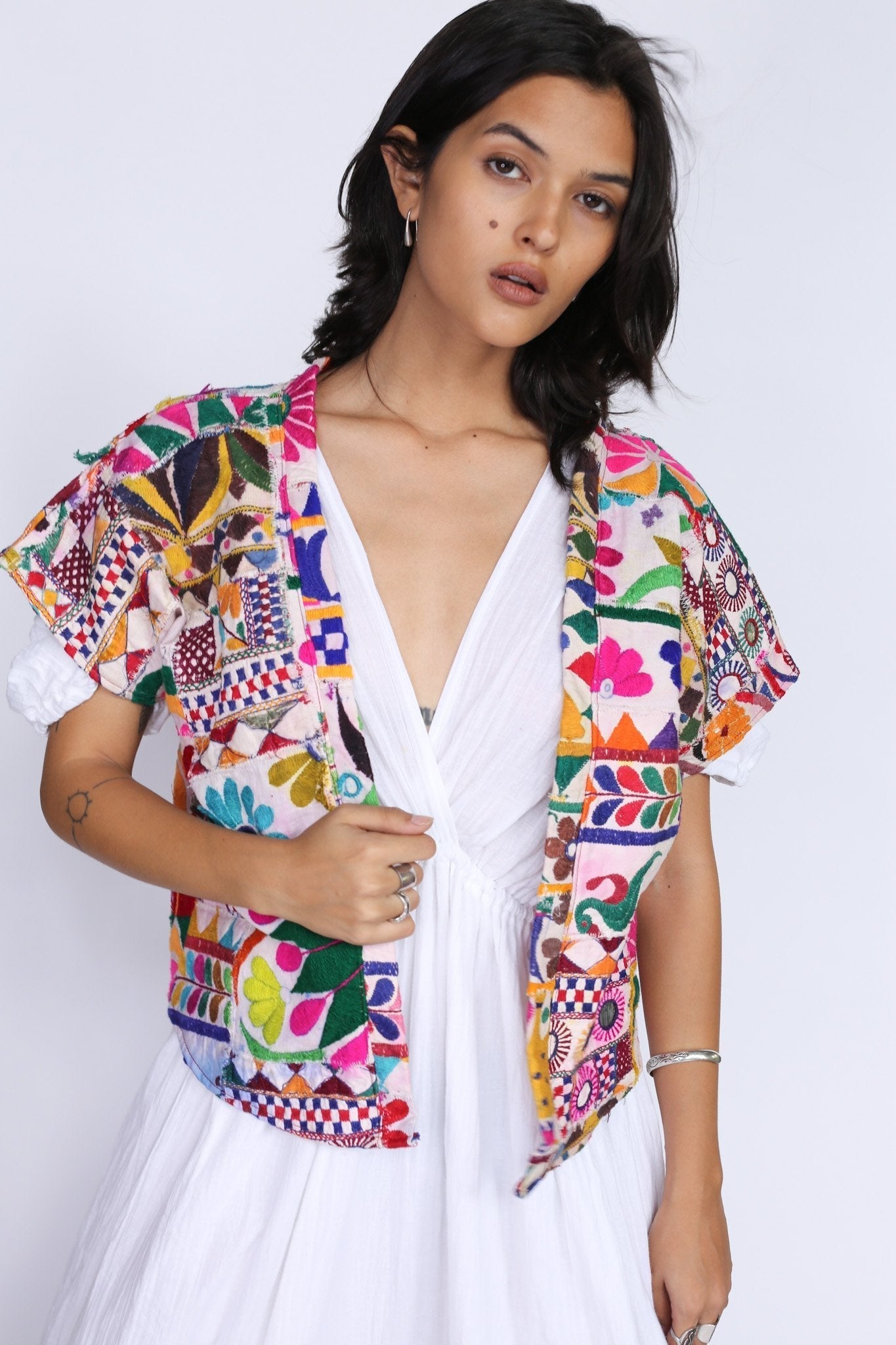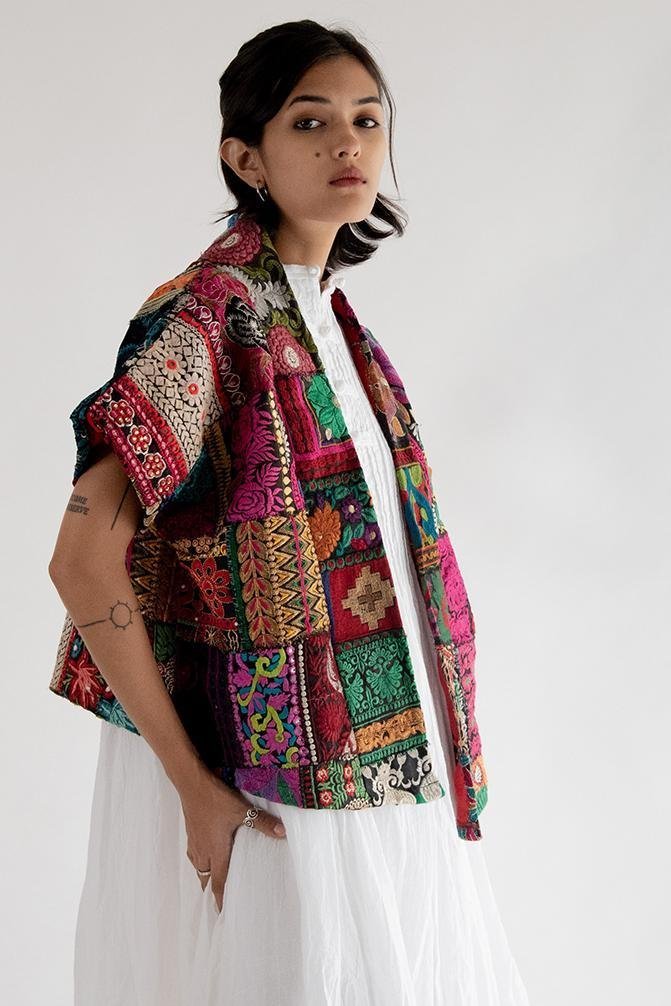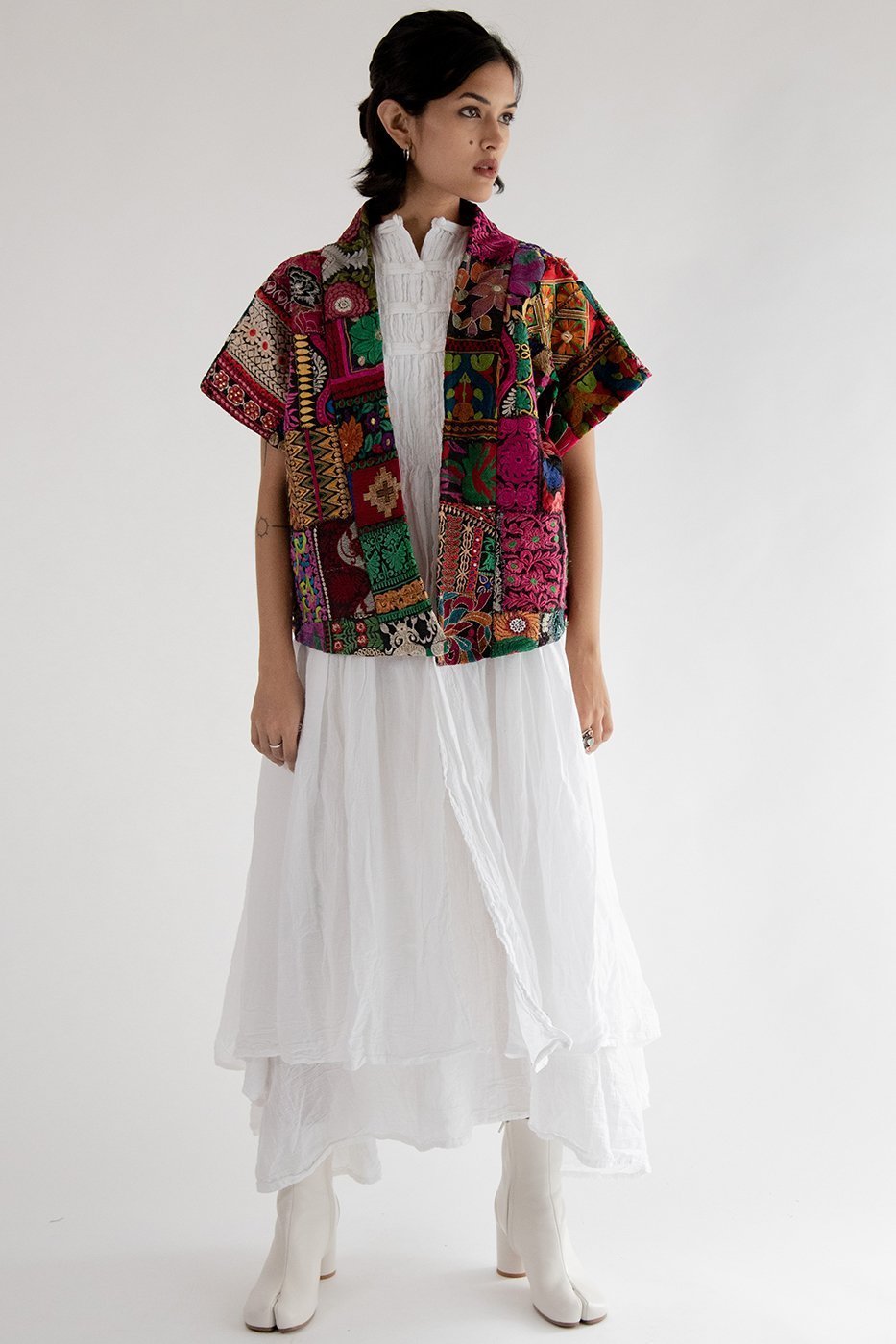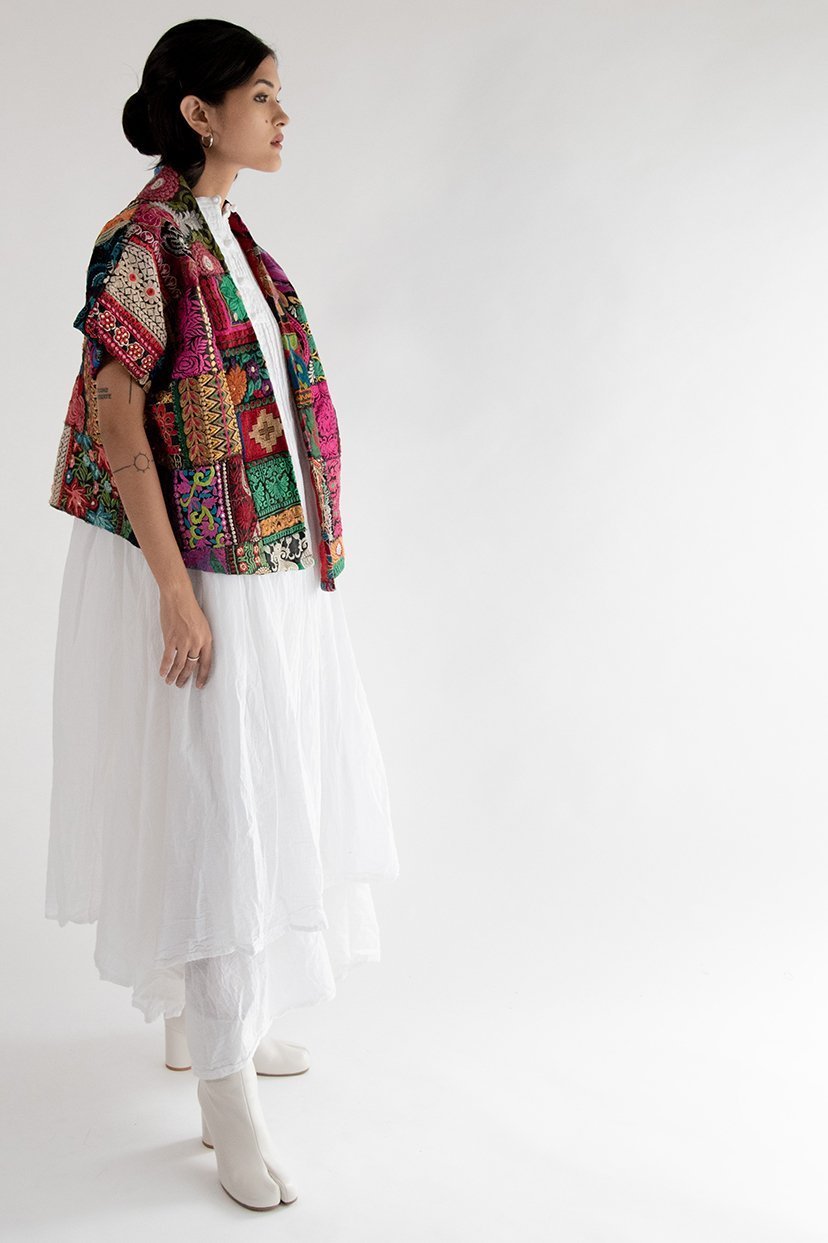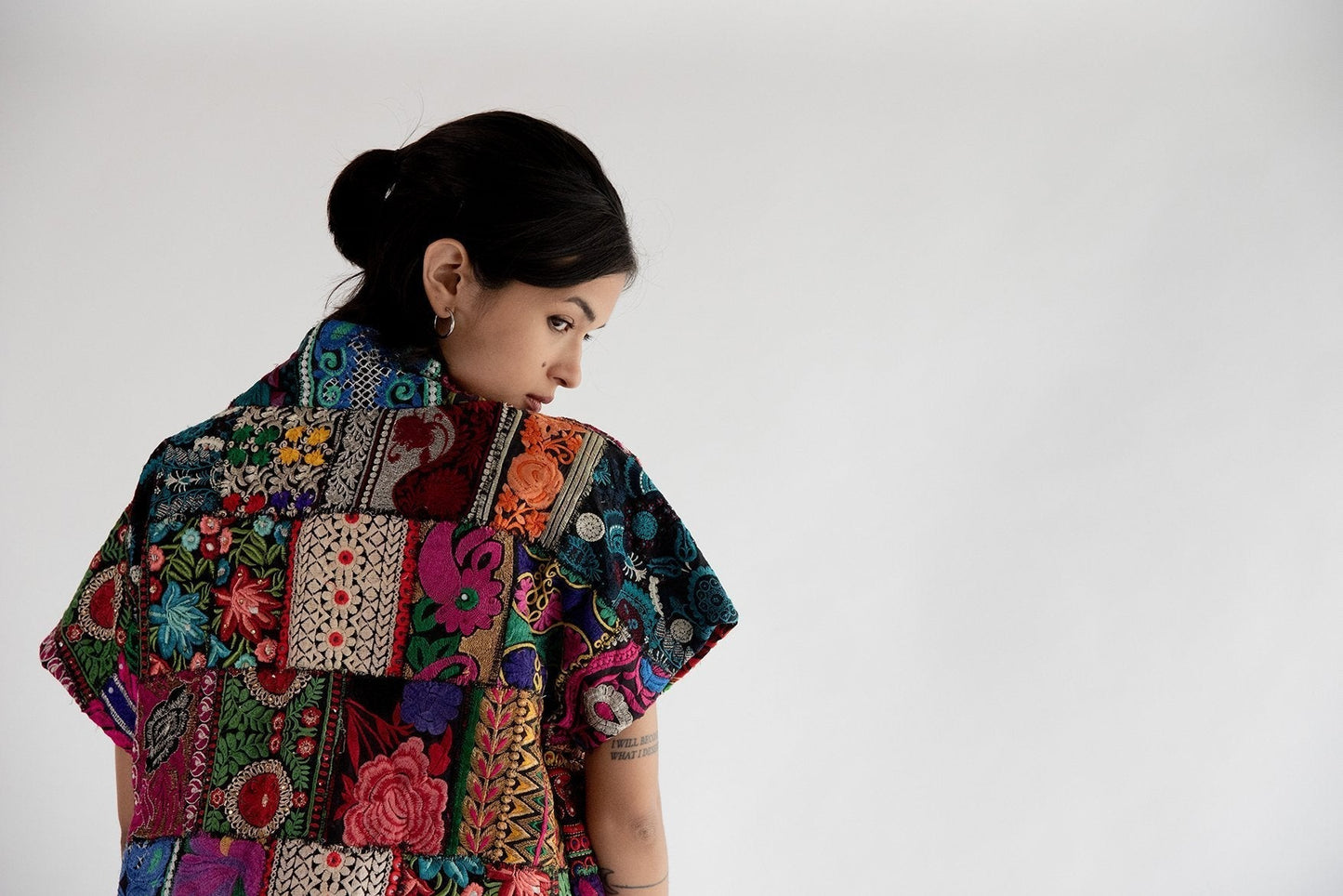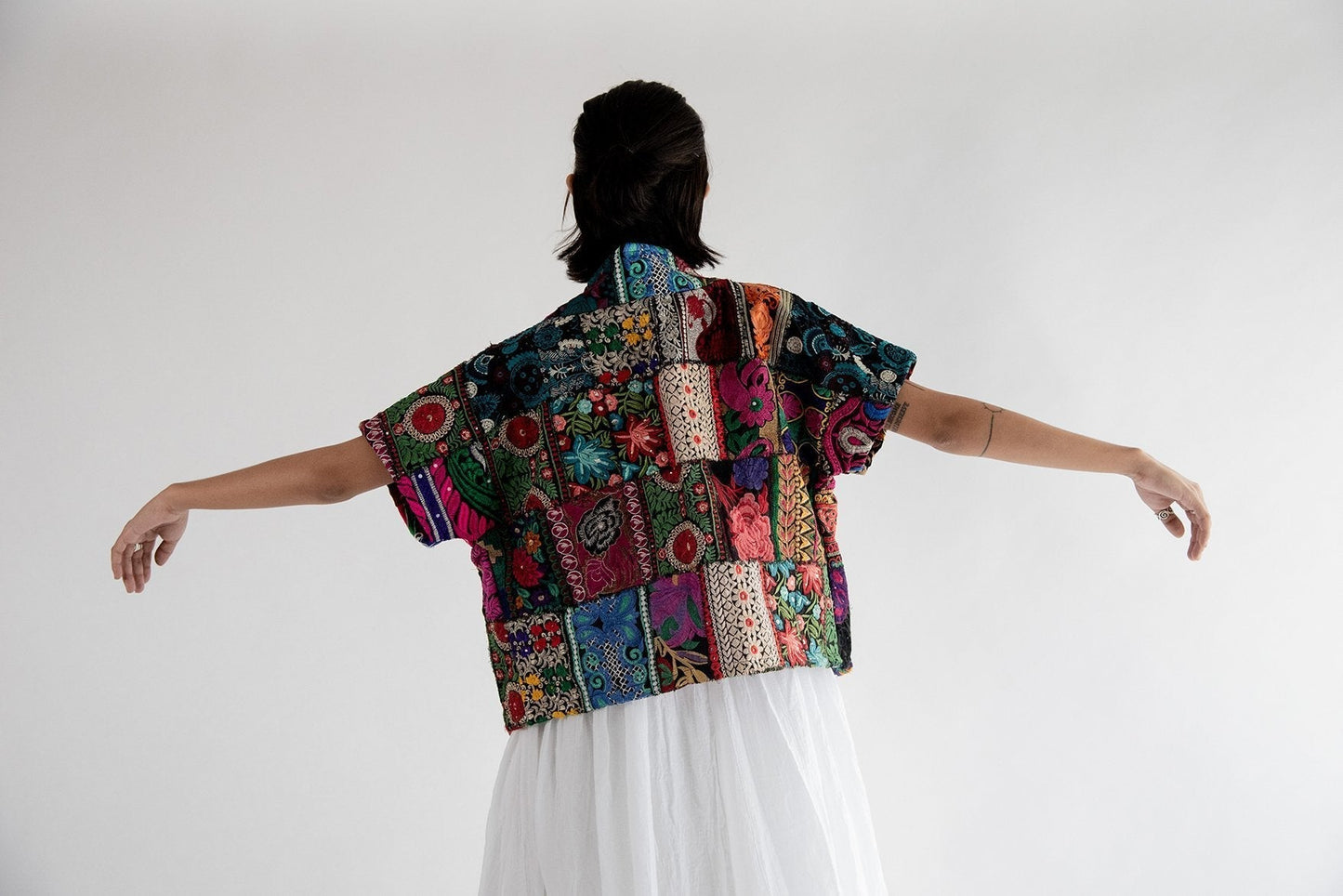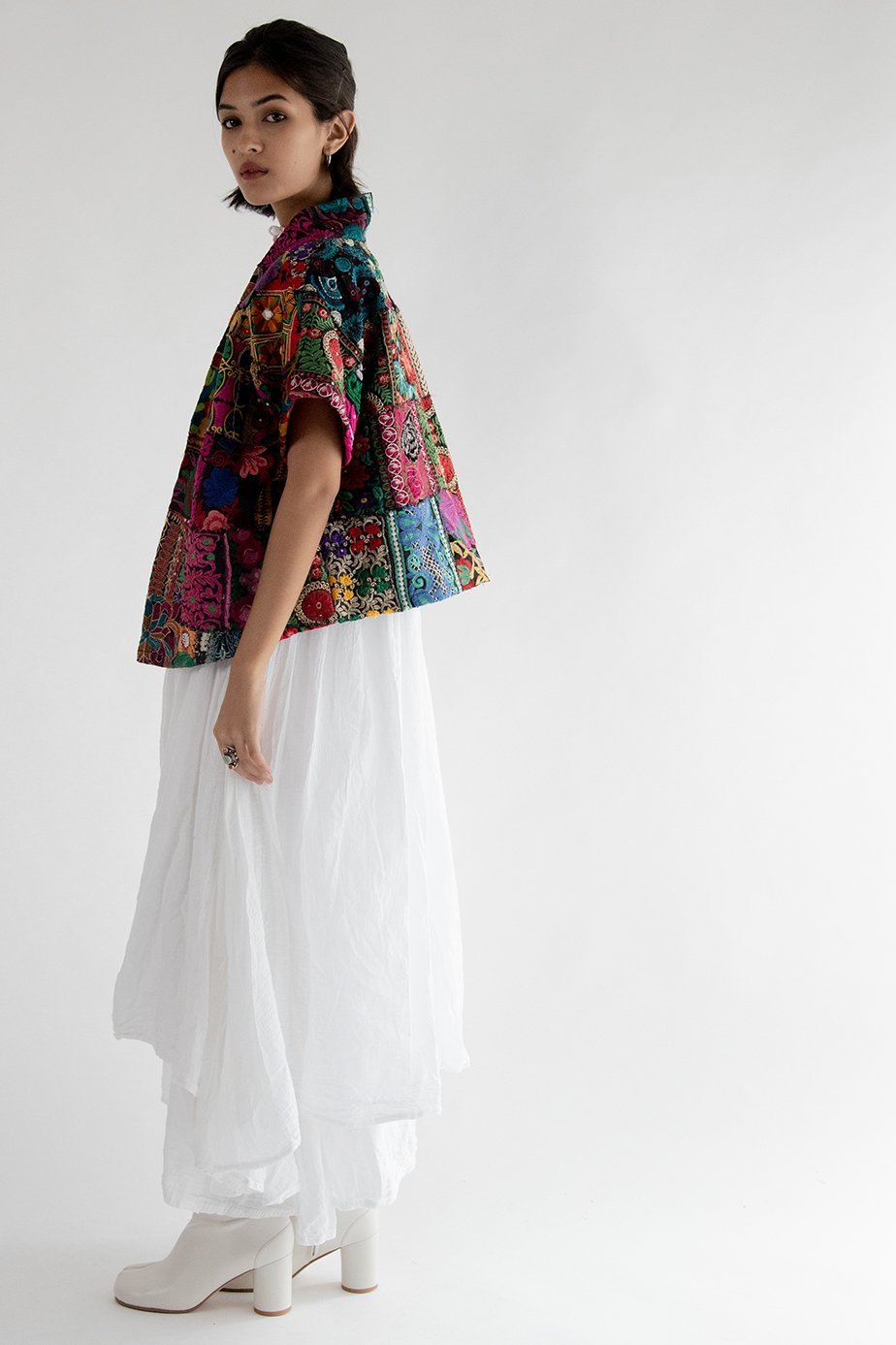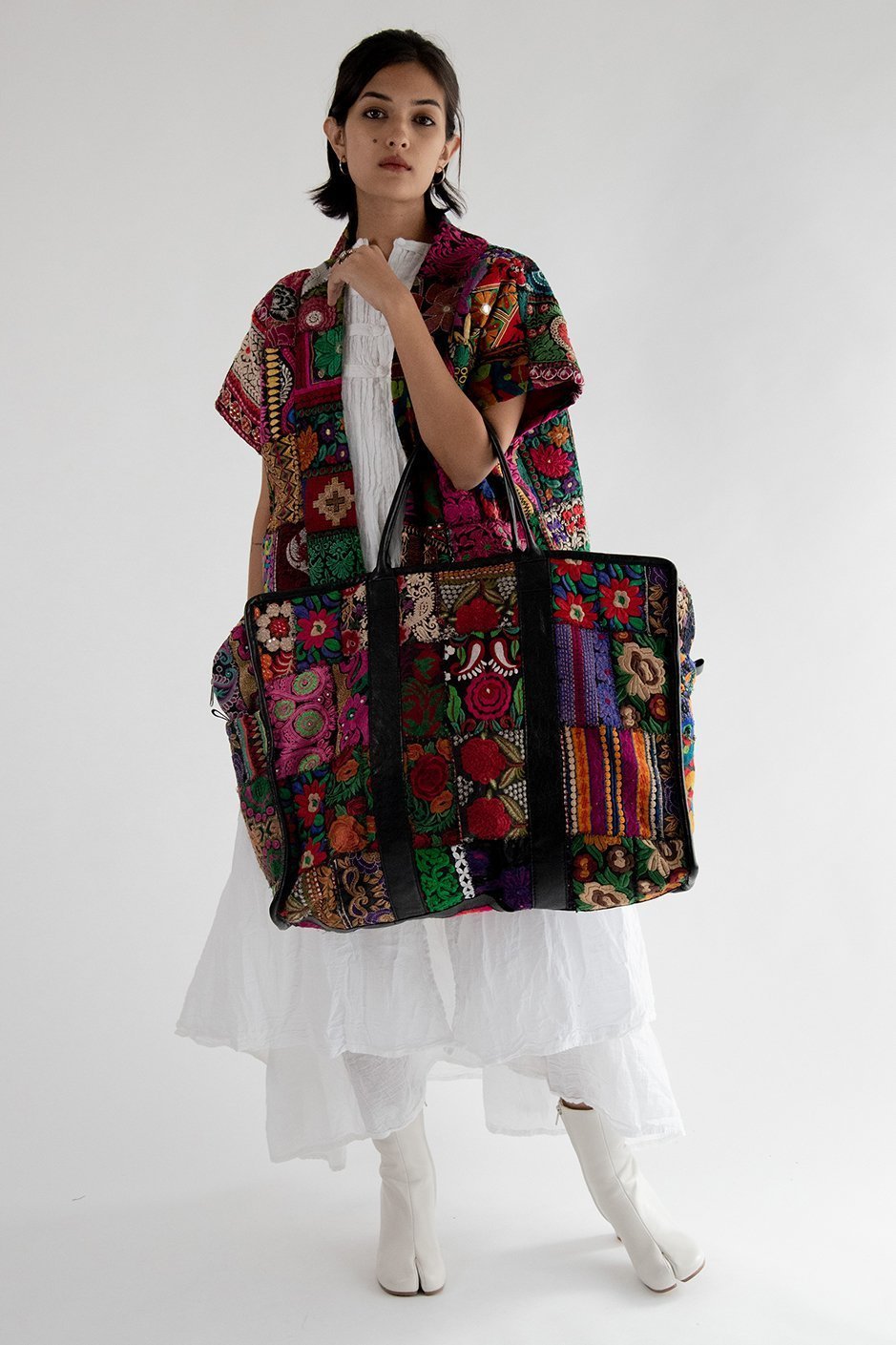The last few years a wave of change has been sweeping through the fashion industry, powered by real truths about its implications on the planet, people and animals. An increasing number of brands are rejecting the principles of Fast Fashion, as a more sustainable approach to making clothes comes to the fore. The Slow Fashion movement has arrived. So what is Slow Fashion?
The beginnings of Slow Fashion
Slow Fashion is an awareness and approach to fashion, which considers the processes and resources required to make clothing, particularly focusing on sustainability. It involves buying better-quality garments that will last for longer and values fair treatment of people, animals and the planet.
The term Slow Fashion came about quite organically. It was coined by Kate Fletcher of the Centre for Sustainable Fashion, following the phenomena of the slow food movement. As with the slow food movement, Fletcher saw a need for a slower pace in the fashion industry.
Slow Fashion opposes the fast fashion model that emerged around 20 years ago. And it’s fair to say Slow Fashion is 100% necessary, with brands like H&M burning 12 tonnes of unsold garments per year in spite of its ongoing sustainability efforts to close the loop in fashion.
Slow Fashion becomes a movement
Pre-industrial revolution, garments were locally sourced and produced. People would buy durable clothing that could serve them for a long time, or make their own from the textiles and resources available to them. Clothing reflected the place and culture of the people wearing them.
Modern day Slow Fashion has seen some of these old ways come back into the picture. It encourages us to buy less garments at higher quality, made from more sustainable processes, less often. It also puts emphasis on the art of clothes making and celebrates the skills of the craftspeople who make them.
Slow Fashion has seen increasing support in the last few years, with an awareness from consumers demanding higher sustainability and ethical standards. As research shows, 19% of the top fast fashion-related searches are linked to the environment, ethics and sustainability.
Some characteristics of a Slow Fashion brand
- Made from high quality, sustainable materials
- Often in smaller (local) stores rather than huge chain enterprises
- Locally sourced, produced and sold garments
- Few, specific styles per collection, which are released twice or maximum three times per year.

